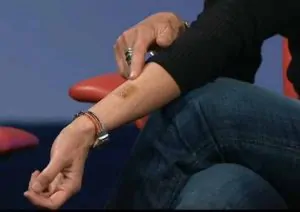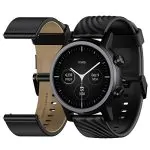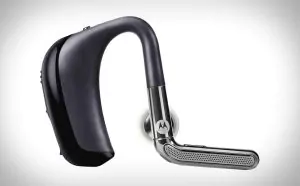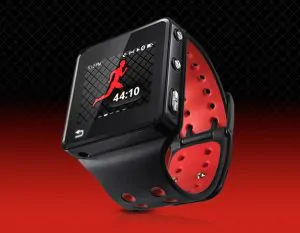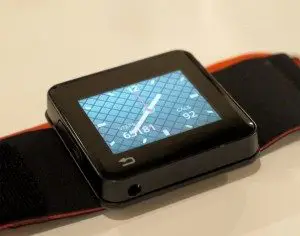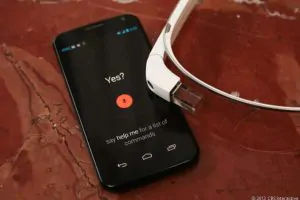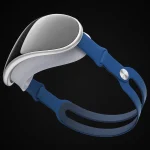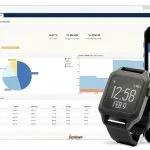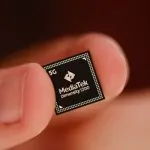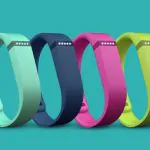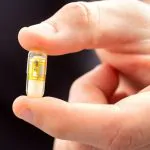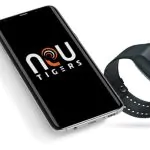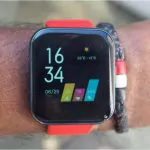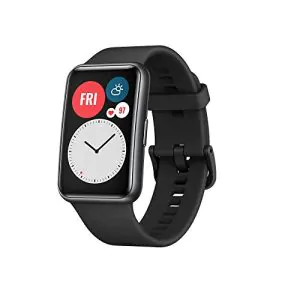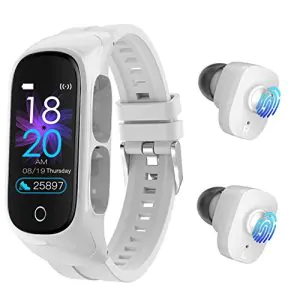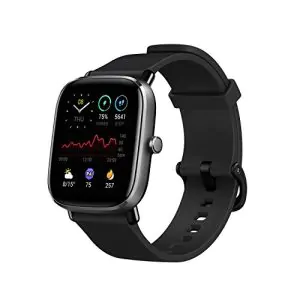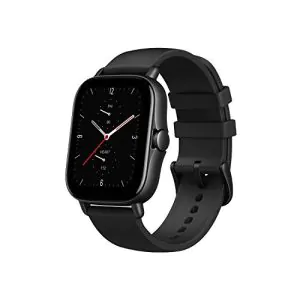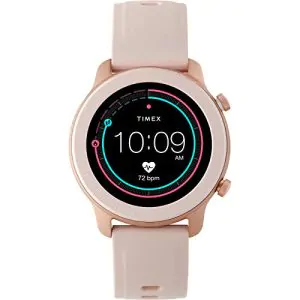
It seemed as though Motorola had kind of disappeared off the radar for a while, until Google bought it in 2011. Since then we haven’t really heard much from them, but now they are starting to make their way back into news headlines. Recently, at D11, Motorola introduced a couple new kinds of authentication systems, and ones that are very interesting indeed. They are aimed at cutting the time taken to sign in to your devices and accounts – it takes an average of 2.3 seconds to sign in to an account, and the average user signs in to something 39 times a day – that’s 9 hours a year spent signing in to your accounts and devices.
The first system is kind of like a tattoo that can provide authentication simply by being close to the wearers devices. It is made up of a number of parts, including a power coil, phone sensors, and an LED. However, the device will not last forever. Far from it, in fact it would last up to two weeks before it needs to be replaced. One would wonder how long it takes to apply the tattoo, and whether it would even save time or simply be a gimmick. The tattoo can bend up to 200% and will also be completely water proof.
The second system is a small pill that contains a switch which is triggered by stomach acids. The signal is then broadcast through your body as long as the pill is inside of it. This means that when you touch your phone, you are authenticated in. The technology behind this is also very interesting because it could be applied to other parts of our life – our car doors, our houses, our computer, and so on. The downside to this kind of a system is of course that you would have to continue to swallow the pills as they pass through your body, so it would probably be a daily thing. This could especially be problematic for people who have trouble swallowing pills.
The new authentication systems are indeed very interesting and could be a hint to what we should expect in the future. For now, neither of them seems like it will become the most used solution out there, but if tweaked they could prove to really save time for the average user of any devices.

